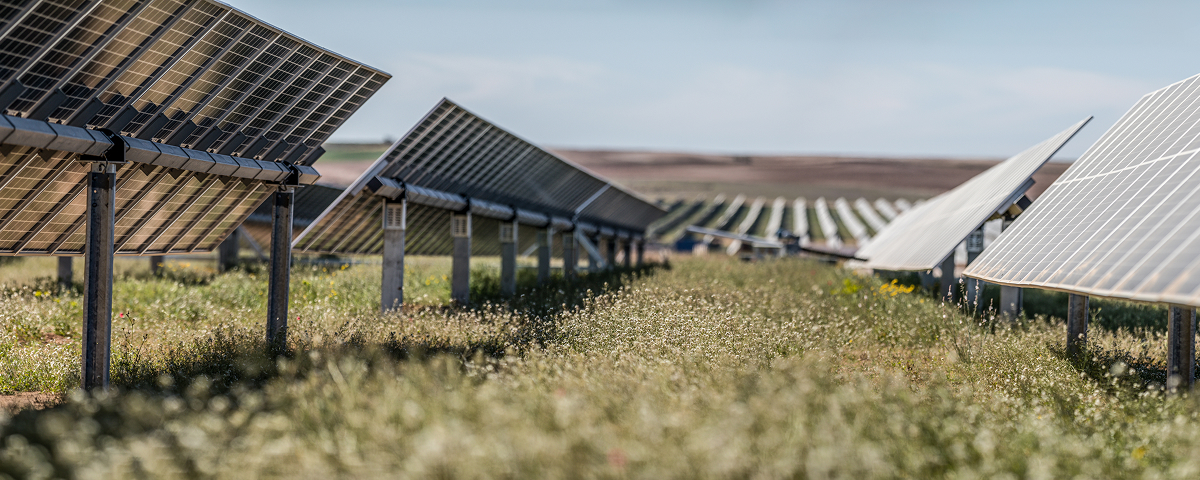We are going to do some server maintenance. My Account and the Contact Mobile App will be unavailable from Sunday 14 December, 2:00am until 7:00am.

Contact and Lightsource bp are in the early stages of developing a grid-scale solar farm in Stratford, Taranaki.
The expected capacity for the Stratford Solar Farm is 170MWdc, generating 298,000 MWh of renewable energy each year. This is equivalent to the annual demand of approximately 42,000 homes.
The project is still in the early stages of designing and planning. Following consent approval and final investment decision, construction could start in 2026, and the site could be up and running late in 2027.
This is part of Contact’s 50/50 joint venture with Lightsource bp to develop, construct and operate new solar farms across New Zealand.
Contact has been part of the Stratford community for more than 20 years with the operation of our thermal assets – TCC and the Peakers. We have the potential to develop a renewable energy hub on this site with both a 170MWp solar farm, and grid connected battery storage, in addition to the 100MW grid connected battery site that already has a consent in place.
Why solar?
On our mission to decarbonise Aotearoa, we need to ensure our portfolio of renewable energy is robust and diverse. We’re excited to add solar power as part of our portfolio for renewable electricity.
How it works
Solar is a passive form of technology, providing local and sustainable electricity that adds security to the world’s energy mix. This, combined with its affordability and reliability, makes it an ideal energy source.
Each solar panel is made of cells, which convert the light energy from daylight into electrical energy. Daylight from the sun hits a negatively doped silicon layer which ‘excites’ electrons, effectively ‘removing’ them from their atoms. This creates a potential difference between the two layers of silicon and stimulates a flow of electrons. The flow generates Direct Current (DC) electricity.
The benefits
Solar power is the world’s fastest growing source of new energy because it has the potential to meet many of the low-carbon challenges we are facing today. It is increasing in popularity because it is cost-competitive, versatile, quick to deploy and kind to our environment.
About our partnership with Lightsource bp
In April 2022, Contact Energy and Lightsource bp formed a joint venture partnership to develop grid-scale solar generation projects in Aotearoa, New Zealand.
Lightsource bp is a global leader in the development and management of solar energy infrastructure, active across 19 global regions, including Australia. Founded in 2010, Lightsource bp is now a 50/50 joint venture with energy company bp, and was created to provide sustainable and affordable power to businesses and communities across the world.
The 50/50 joint venture is aligned with our strategy to decarbonise Aotearoa through the development and delivery of renewable generation projects.
For independent complaint or pricing advice, click here. UDL & Powerswitch can help.
To read our Residential Consumer Care policy on how we'll keep you safe and connected, click here.